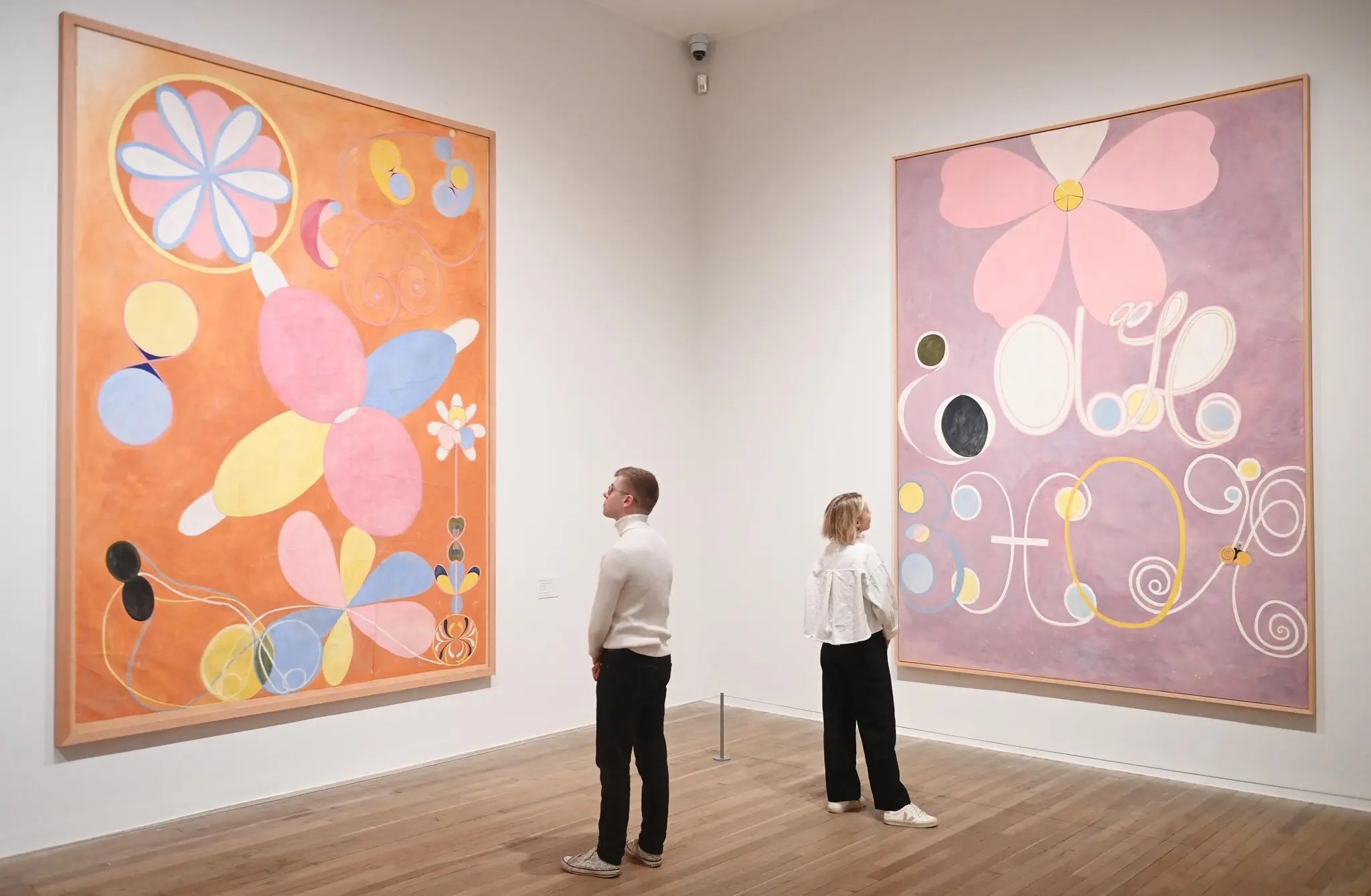The Importance of Relearning
I have the honor of working with educators as well as parents. In the last month, I’ve spent many hours engaging with an ongoing process of relearning about culture and history, one I’ve been involved with for some time. I recommend you do, too.
Why? Because I want to invite children into the human story in a more informed, more aware way. Young children absorb the culture of their time and place. It is key that we share human experiences with them. To do so, t’s important that we expand our understanding, that we learn to recognize the limits, exclusions, and blind spots in our own upbringing and educational background.
Cultural subjects - art, music, literature - are all areas that I’ve looked at closely in the last few weeks.
We transmit what we know. We offer children that with which we are familiar. That can be wonderful. And that can also have significant limitations.
A recent example that this brought to my mind is that of Hilma af Klint. I was lucky to complete a BA and MA in Art History before my M. Ed in Early Childhood Development. Hilma af Klint, a transformational painter, was nowhere to be found in my studies. In the last decade, her work has been featured in major museums around the world. I had the privilege of sketching her work on the floor of the Guggenheim in the company of the children in my classroom. And yet this opportunity would have been totally inaccessible to them, and to me, the decade prior.
Hilma af Klint’s story is one of human potential. It is just the kind of story that we should be sharing with children. And in order to share stories like hers, we adults need to take the time to have different experiences, and to actively re-learn the narratives and histories we have been offered.
There are many other stories that you may not have heard due to discrimination and systemic biases. Another artist I admire, Alma Thomas, was the first Black female artist to receive a solo show at the Whitney in 1972. Thirty years later, she wasn’t somebody we studied in my art history classes, either. An abstract painter, an arts educator, an avid explorer of space travel and flowers and color, I love to share her story with children.
Remarkable individuals you’ve yet to learn about await your discovery. I've felt incredibly inspired by so many artists recently with names that were completely missing from my art history books, or who have left an impression on the history of art since I studied.
Francisco da Silva, Kananginak Pootoogook, Louisianne Saint Fleurant, Rubem Valentim.
Carmen Lomas Garza, Derrick Adams, Alfredo Ramos Martinez, Tyrus Wong.
So many more.
More, as well, from people you know in limited ways. Crockett Johnson, author and illustrator of the beloved Harold and the Purple Crayon, also painted mathematical algorithms.
Because I am seeking knowledge, I have many more meaningful stories to share with children. Stories that will engage and inspire them. I won’t simply pass on the same limited history that was handed to me.
And I still have much more re-education to do. I will continue to actively engage with that process. We often hear the phrase, “when you know better, do better,” from Maya Angelou. But we have to seek to know better. We have to match that sentiment with action.
Seek out opportunities to relearn, and share these new stories with your child.
A few resources to consider this summer:
For elementary-aged children:
Honest History, a history magazine for young adults, and an engaging podcast
Museum visits:
The Harlem Renaissance and Transatlantic Modernism, on view at the Met through July
Grounded by our Roots, rotating exhibition on view at the American Museum of Natural History
El Museo del Barrio, permanent collection
The Norwalk Art Space, ‘We Are Family’ on view July 13 - August 22
Now You See Us: Women Artists in Britain 1520 - 1920, on view at the Tate Britain through October
